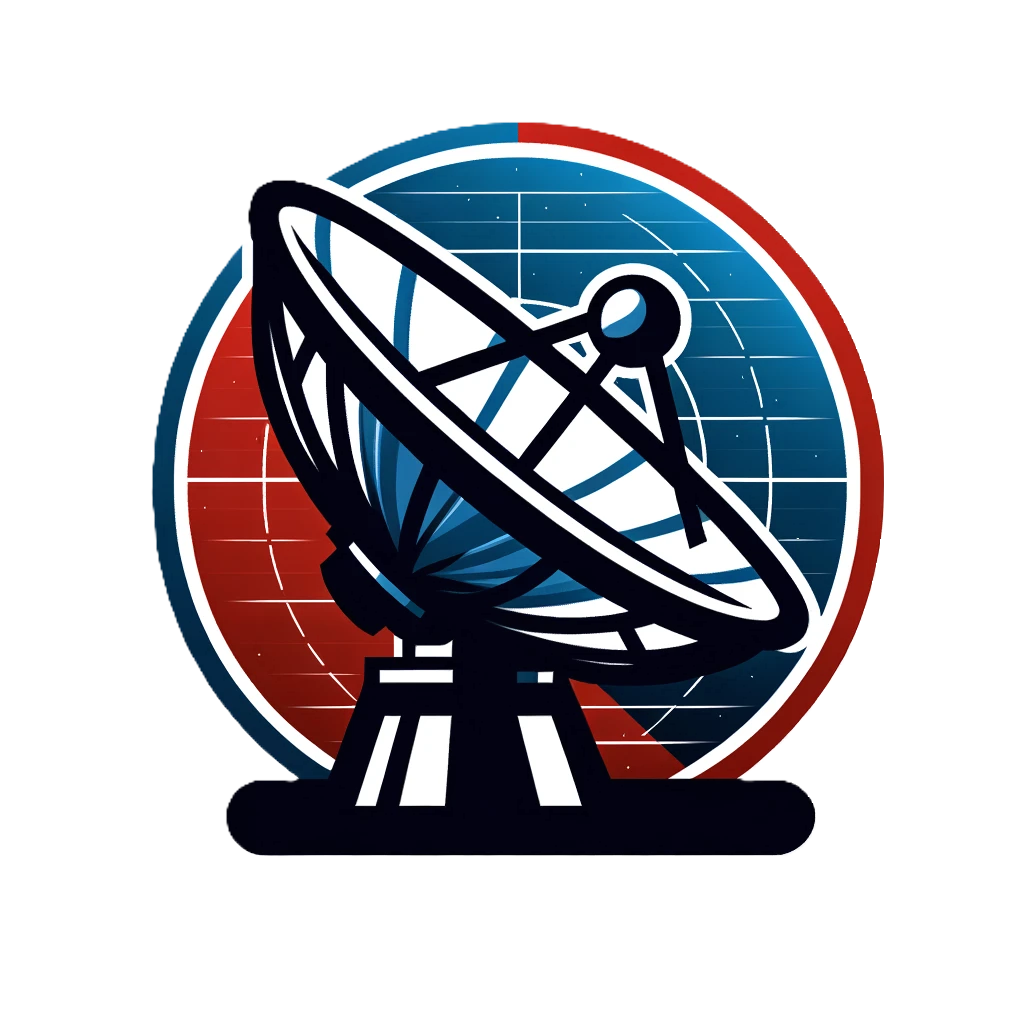Software as a Service (SaaS) tools have become indispensable for businesses of all sizes. These cloud-based solutions offer flexibility, scalability, and cost-efficiency, making them ideal for enhancing productivity and streamlining operations. SaaS tools cater to a wide range of business needs, from customer relationship management (CRM) systems to project management platforms.
As the adoption of SaaS tools rises, businesses face the challenge of selecting the right products from a plethora of options. User reviews and ratings play a crucial role in this decision-making process. They provide real-world insights and honest feedback from actual users, highlighting the strengths and weaknesses of various SaaS products. Ratings offer a quick snapshot of user satisfaction, making identifying the best-rated SaaS products easier.
Together, user reviews and ratings serve as valuable resources, helping businesses make informed decisions and reduce the risk of investing in ineffective tools. By leveraging the collective wisdom of the user community, companies can navigate the vast sea of SaaS products and select the best-rated tools to fuel their success.
1. Importance of User Reviews and Ratings in SaaS
User reviews have become a cornerstone in the evaluation process of SaaS tools, offering several key benefits that make them indispensable for prospective buyers. One of the primary reasons user reviews are so valuable is the trust and credibility they bring. Unlike marketing materials, which are designed to highlight only the positive aspects of a product, user reviews provide unbiased and unfiltered opinions from actual users.
These firsthand accounts offer a level of authenticity that is difficult for companies to manufacture. When potential buyers see consistent positive feedback from a variety of users, it builds confidence in the product’s reliability and effectiveness. Conversely, negative reviews can serve as a red flag, prompting buyers to investigate further or reconsider their options.
User reviews also offer invaluable real-world usage insights that go beyond the information provided by vendors. While product descriptions and feature lists can give a basic understanding of what a SaaS tool can do, user reviews delve into how the product performs in everyday scenarios. They highlight practical aspects such as ease of use, integration with other tools, customer support quality, and overall user satisfaction.
These insights help potential buyers understand how a product will fit into their specific workflows and address their unique needs. For instance, a project management tool might boast numerous features, but user reviews might reveal that its interface is not intuitive, affecting its usability.
The influence of user reviews on purchasing decisions cannot be overstated. Studies show that a significant percentage of consumers read reviews before making a purchase, and this trend is no different in the SaaS market. Positive reviews can act as powerful endorsements, swaying potential buyers towards a product.
On the other hand, negative reviews can deter buyers, prompting them to explore other options. Furthermore, detailed reviews that discuss both pros and cons help buyers make balanced and informed decisions. This transparency is crucial for businesses looking to invest in tools that will provide the best return on investment.
2. How to Evaluate SaaS Reviews
When evaluating SaaS reviews, it’s crucial to identify those that are trustworthy and insightful. Trustworthy reviews often come from verified users, confirmed by the platform as actual customers. Verified reviews reduce the risk of fake or biased feedback, ensuring opinions are based on genuine experiences. Look for “verified” labels to gain reliable insights.
Useful reviews offer detailed and balanced feedback, providing specific information about what works well and what doesn’t. They describe real-world performance, customer support quality, and any encountered issues, highlighting both strengths and weaknesses for a rounded perspective.
The recency of reviews is another important factor. SaaS products are frequently updated, so a recent review is more likely to reflect the current state of the tool. Always check the review date to ensure you get up-to-date information.
Several reputable platforms provide comprehensive SaaS reviews, including G2 Crowd, Capterra, and Trustpilot. G2 Crowd features a vast collection of user-generated reviews and ratings, with detailed assessments of specific aspects. Capterra offers a broad database and extensive filtering options, helpful for comparing multiple products. Trustpilot covers various industries and emphasizes transparency and reviewer verification.
While reviews are helpful, be aware of potential red flags. Be cautious of reviews that are overly positive or negative without substantial details, as they may be biased or fake. Genuine reviews typically include a mix of positives and negatives.
Reviews lacking detail, like vague comments, are generally less useful. Look for concrete details about user experiences and specific features. Patterns indicating fake reviews, such as a sudden influx of positive feedback or similar language across reviews, are warning signs. Cross-referencing reviews across different platforms can help identify discrepancies and ensure authenticity.
3. Top-Rated SaaS Products in Various Categories
Selecting the right SaaS tools is crucial for enhancing productivity and achieving business goals. This section delves into the top-rated SaaS products across various categories, providing insights into Customer Relationship Management (CRM), Project Management, Marketing Automation, and Collaboration tools.
Each category includes an overview of the leading products and highlights from user reviews, offering a comprehensive guide to help you make informed decisions for your business needs.
Best Rated SaaS Products for CRM
Customer Relationship Management (CRM) tools are essential for businesses to manage their interactions with current and potential customers. Top-rated CRM products often include features such as contact management, sales automation, and analytics. Some of the leading CRM tools in the market include Salesforce, HubSpot CRM, and Zoho CRM.
- Salesforce: Users frequently praise Salesforce for its comprehensive feature set and customization capabilities. Reviews highlight its robust reporting tools and seamless integration with other business applications. However, some users mention the steep learning curve and high cost as potential drawbacks.
- HubSpot CRM: HubSpot CRM is often lauded for its user-friendly interface and excellent customer support. Users appreciate its free tier, which includes essential CRM features, making it ideal for small businesses. The tool’s ease of use and integration with HubSpot’s marketing suite are also commonly highlighted.
- Zoho CRM: Zoho CRM receives positive feedback for its affordability and wide range of features. Users commend its customization options and integration capabilities with other Zoho products. Some reviews note that the interface can be overwhelming due to the extensive feature set.
Best Rated SaaS Products for Project Management
Project management tools help teams plan, execute, and track projects efficiently. Leading project management SaaS products include Asana, Trello, and Monday.com. These tools enhance collaboration, streamline workflows, and ensure timely project completion.
- Asana: Asana is frequently praised for its intuitive interface and powerful task management features. Users appreciate the flexibility in task organization, from simple to-do lists to complex project timelines. Reviews often highlight the tool’s integration with other apps like Slack and Google Drive.
- Trello: Trello’s visual approach to project management, using boards, lists, and cards, is highly appreciated by users. It is often cited for its simplicity and ease of use, making it suitable for both small and large teams. Users also enjoy its customization options with Power-Ups and integrations.
- Monday.com: Monday.com receives high marks for its versatility and visually appealing interface. Users highlight its customizable workflows and extensive collaboration features. Reviews often mention the robust support and frequent updates that enhance the user experience.
Best Rated SaaS Products for Marketing Automation
Marketing automation tools streamline marketing tasks, helping businesses generate leads, nurture relationships, and drive conversions. Top-rated tools in this category include Mailchimp, Marketo, and ActiveCampaign.
- Mailchimp: Mailchimp is well-regarded for its ease of use and comprehensive email marketing features. Users appreciate its drag-and-drop email builder and robust analytics. Reviews frequently mention the effectiveness of its automation capabilities and the value provided by its free tier.
- Marketo: Marketo is praised for its advanced marketing automation features, including lead management and email marketing. Users highlight its scalability and integration with Salesforce. However, some reviews point out that the platform can be complex and requires a learning curve.
- ActiveCampaign: ActiveCampaign receives positive feedback for its powerful automation workflows and excellent customer support. Users value its ease of use and the effectiveness of its email marketing and CRM features. The platform’s affordability and comprehensive feature set are also commonly mentioned.
Best Rated SaaS Products for Collaboration
Collaboration tools are crucial for facilitating communication and teamwork within organizations, especially when they involve remote teams.
Leading tools in this category include Slack, Microsoft Teams, and Zoom. These products enable real-time communication, file sharing, and virtual meetings.
- Slack: Slack is often praised for its user-friendly interface and robust messaging capabilities. Users appreciate its integration with numerous third-party apps, enhancing productivity. Reviews highlight the tool’s ability to streamline team communication and support remote work effectively.
- Microsoft Teams: Microsoft Teams receives positive feedback for its seamless integration with Microsoft Office 365 and its comprehensive collaboration features. Users commend its video conferencing quality and document collaboration capabilities. Some reviews note that the interface can be cluttered, but the overall functionality is highly regarded.
- Zoom: Zoom is widely recognized for its reliable video conferencing and ease of use. Users frequently mention the high-quality audio and video, as well as the platform’s scalability for meetings and webinars. Reviews also highlight the effectiveness of its screen-sharing and recording features.
4. How to Leverage User Reviews for Your SaaS Selection
Before diving into user reviews, clearly define your business needs by identifying the problems you want the SaaS tool to solve and the features crucial for your operations. For example, decide if you need advanced reporting, real-time collaboration, or software integration for project management tools. This helps you focus on reviews that address your key requirements.
Create a shortlist of potential SaaS products that meet your needs by researching tools and reading their feature lists and vendor descriptions. Keep the list concise, focusing on the top 3-5 products.
When reading reviews, pay attention to comments about the key features you’ve identified. Look for detailed feedback on real-world performance, such as user experiences with customer support. Reviews providing specific examples of how the product helped or hindered workflows are particularly insightful.
Identify common themes and trends in reviews. Consistent praise or complaints about specific aspects, like an intuitive interface or poor performance, are significant. Trends help you discern between isolated issues and systemic problems or advantages.
Before committing, take advantage of trial versions and demos. Testing the software in your actual working environment provides practical insights that review alone cannot. Assess how well the tool integrates with your systems and meets your expectations in usability and functionality.
Finally, consult peers or industry experts for additional perspectives and validation. Colleagues with experience in the products you’re considering, as well as industry forums and professional networks, can provide unbiased opinions and insights into a product’s long-term viability.
Conclusion
User reviews and ratings are invaluable resources in the SaaS selection process. They provide trust and credibility, real-world usage insights, and significantly influence purchasing decisions. By offering authentic feedback from actual users, these reviews help businesses navigate the myriad of SaaS options available, ensuring they make informed decisions that align with their specific needs.
Leveraging user reviews effectively involves defining your business needs, shortlisting potential products, and analyzing key features and trends in user feedback. Utilizing trial versions and consulting with industry peers can further validate your choices.
Incorporating user reviews into your SaaS selection strategy enhances the likelihood of choosing tools that will drive your business success. Embrace these insights to make confident, well-informed decisions that support your operational goals and growth.

